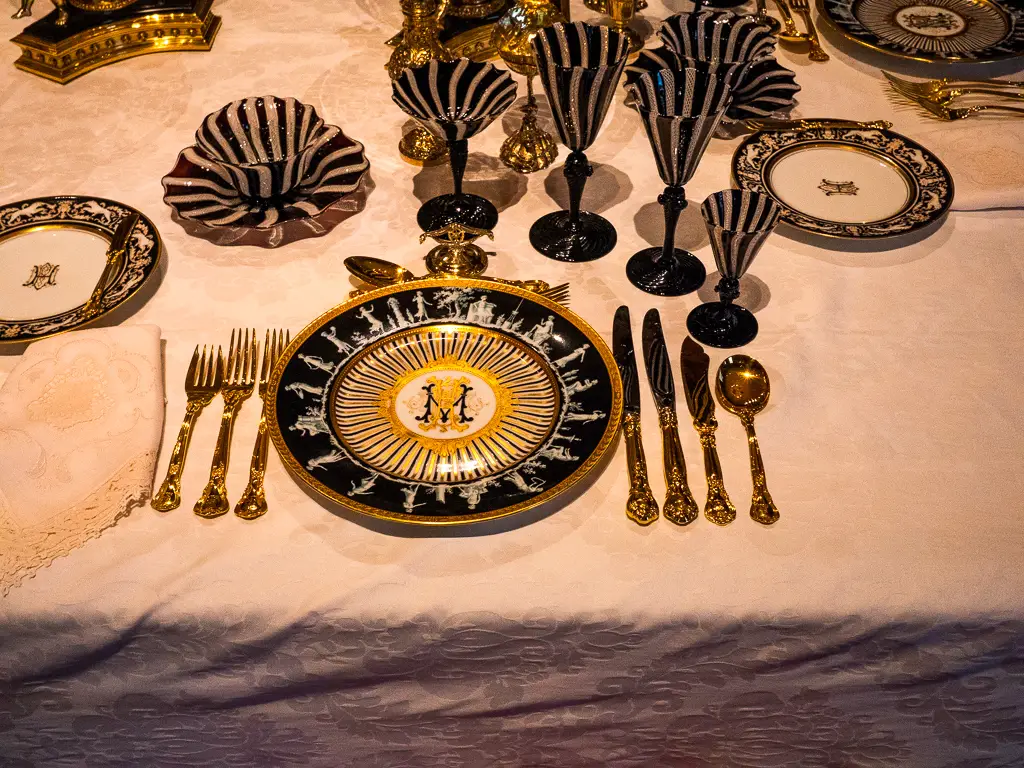
13 November, 2019
Studying Eisenstaedt – By Frank Wu
Since taking up photography, I have tried to see as much of the art as practicable. Most recently, I visited Hillwood in Washington, D.C., the primary estate of the late Marjori...
frankhwu
frankhwu's Posts

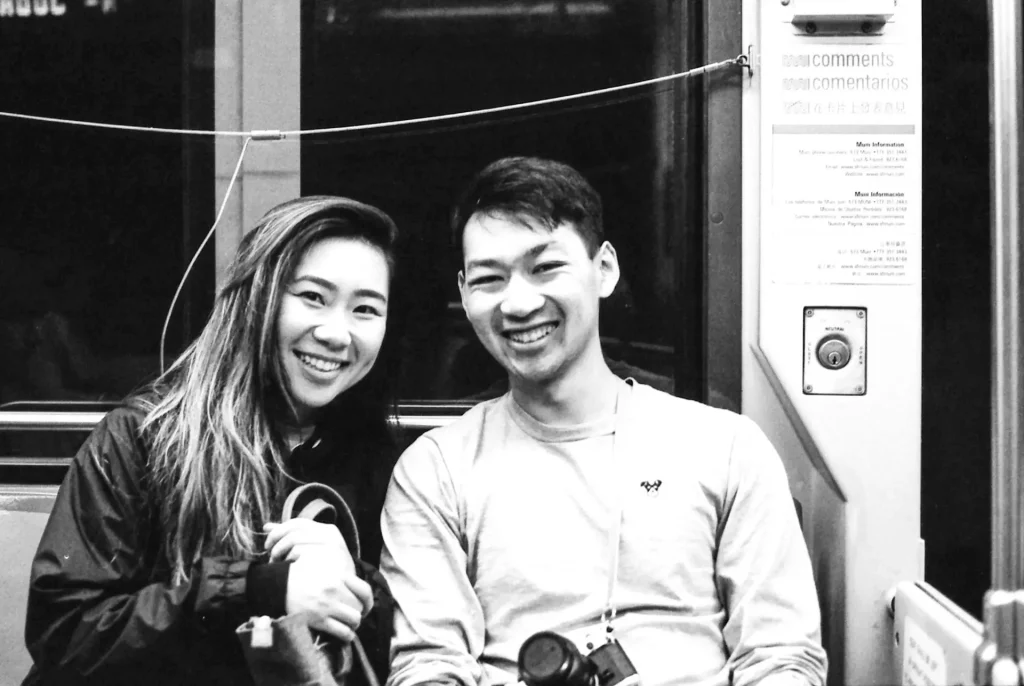
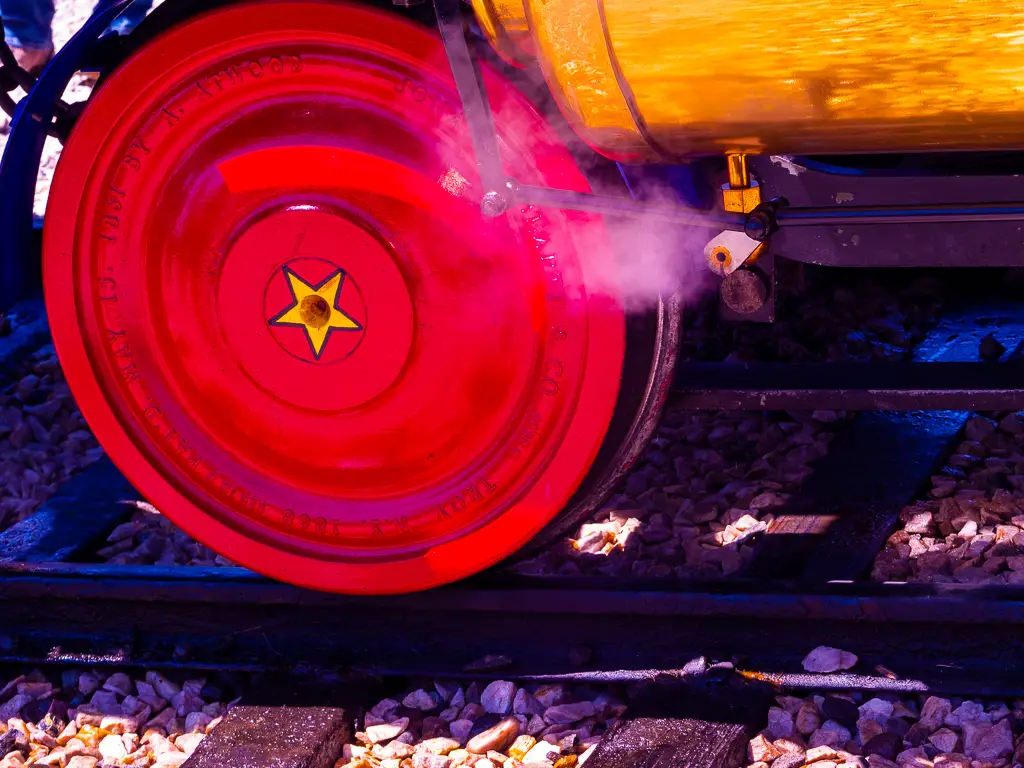
1 November, 2019
Meeting the Vintage Field Camera Man at the Golden Spike 150th Anniversary – By Frank H. WuBy frankhwu
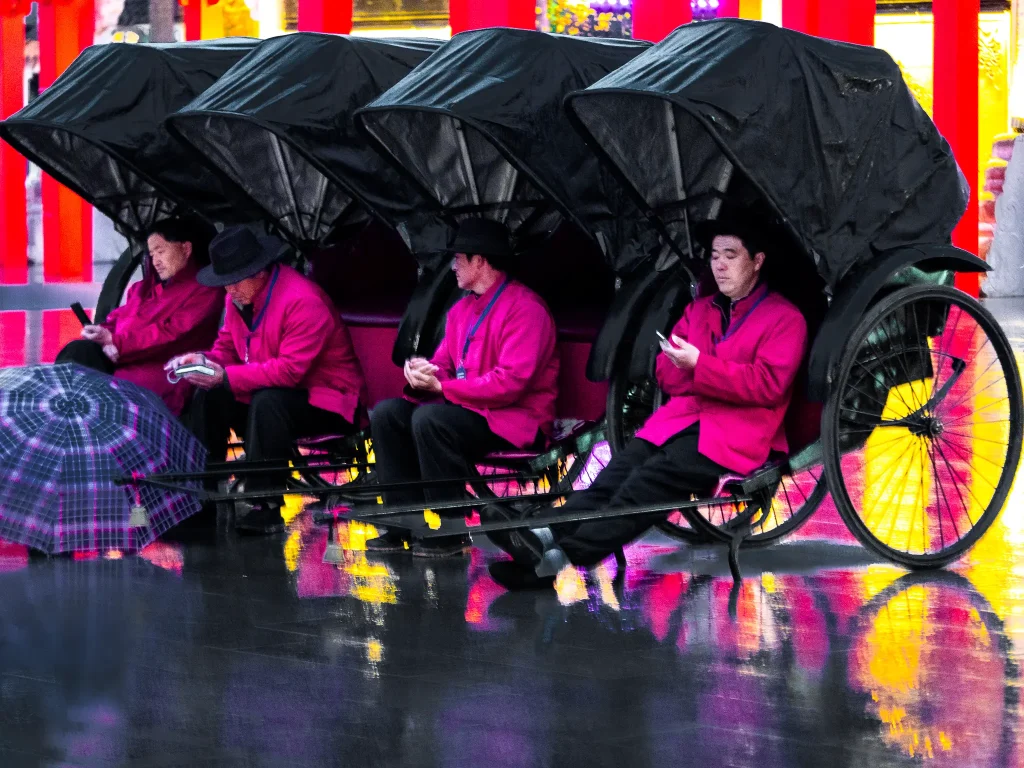
12 January, 2019
Film Photography Shows Why Private Property and Capitalist Markets Work Well – By Frank H. WuBy frankhwu
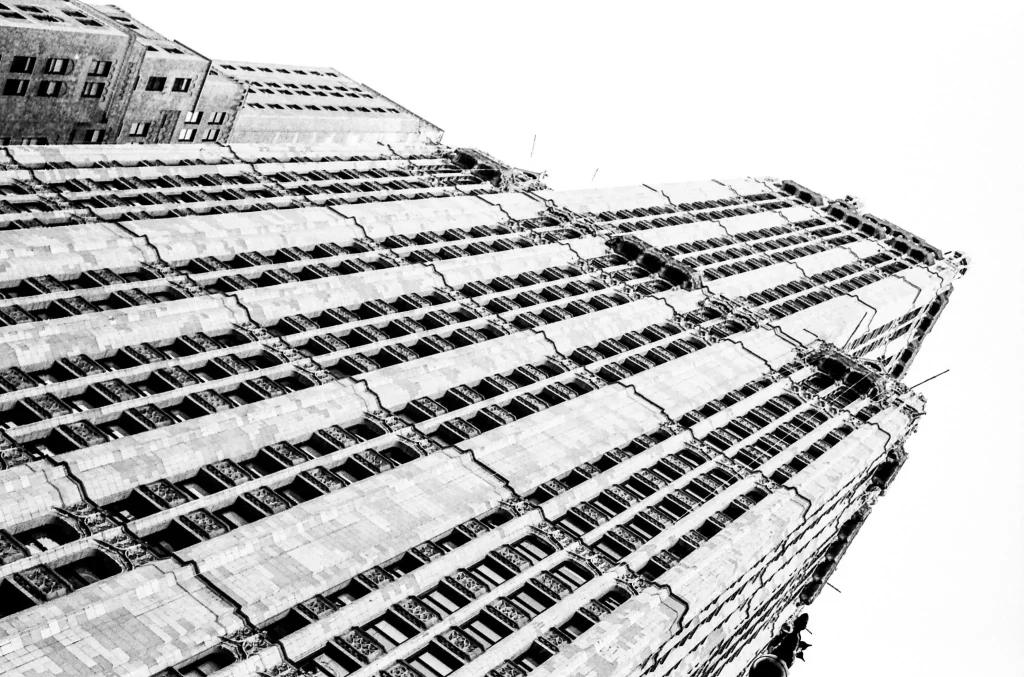
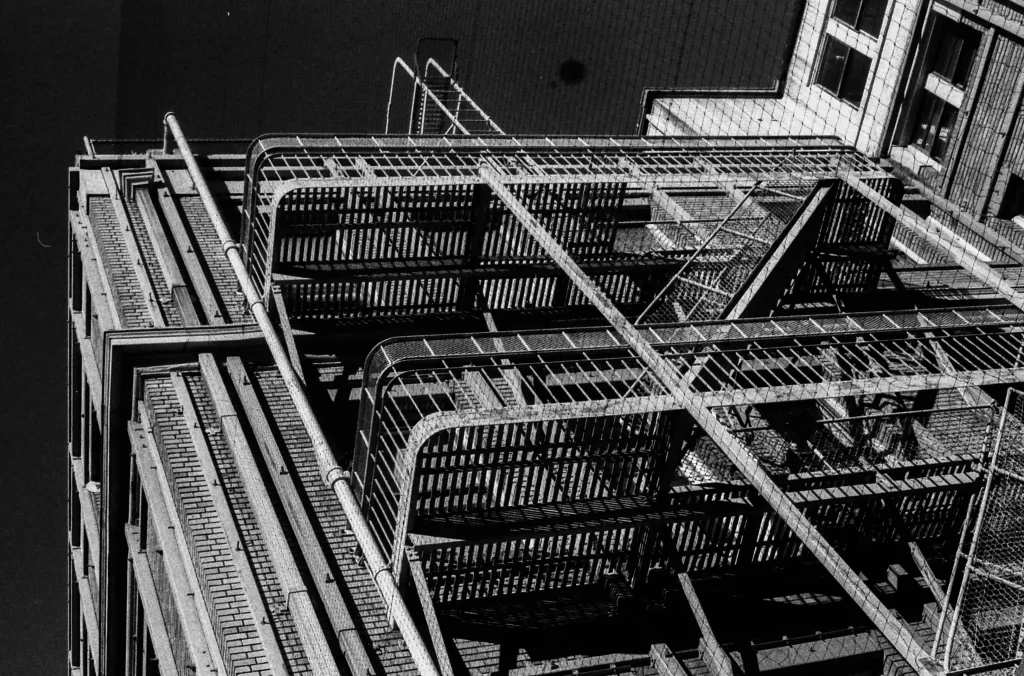
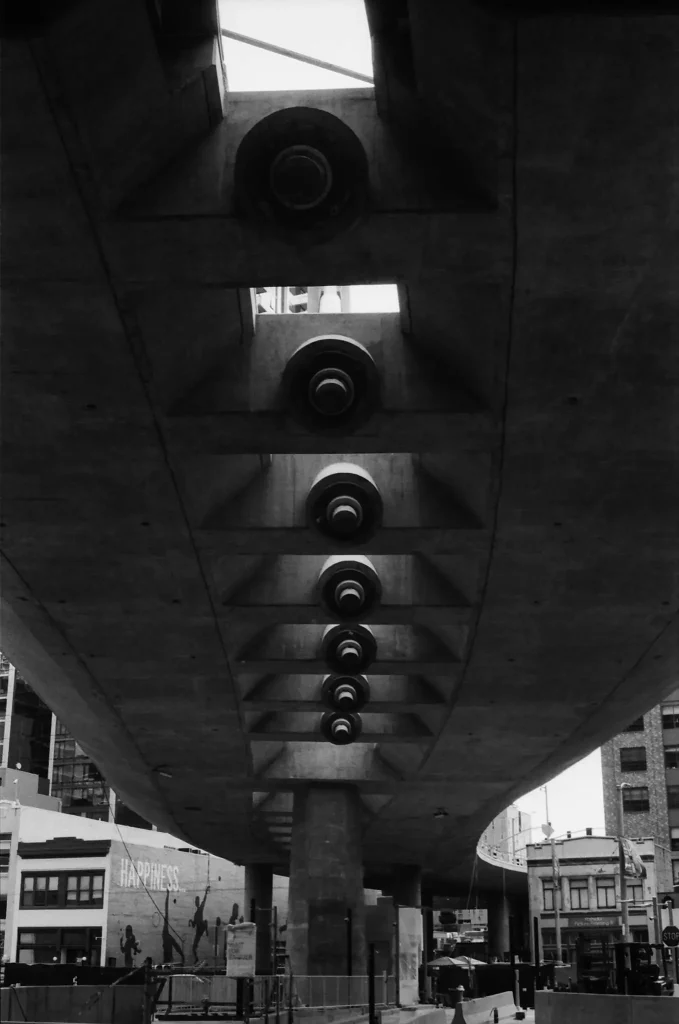
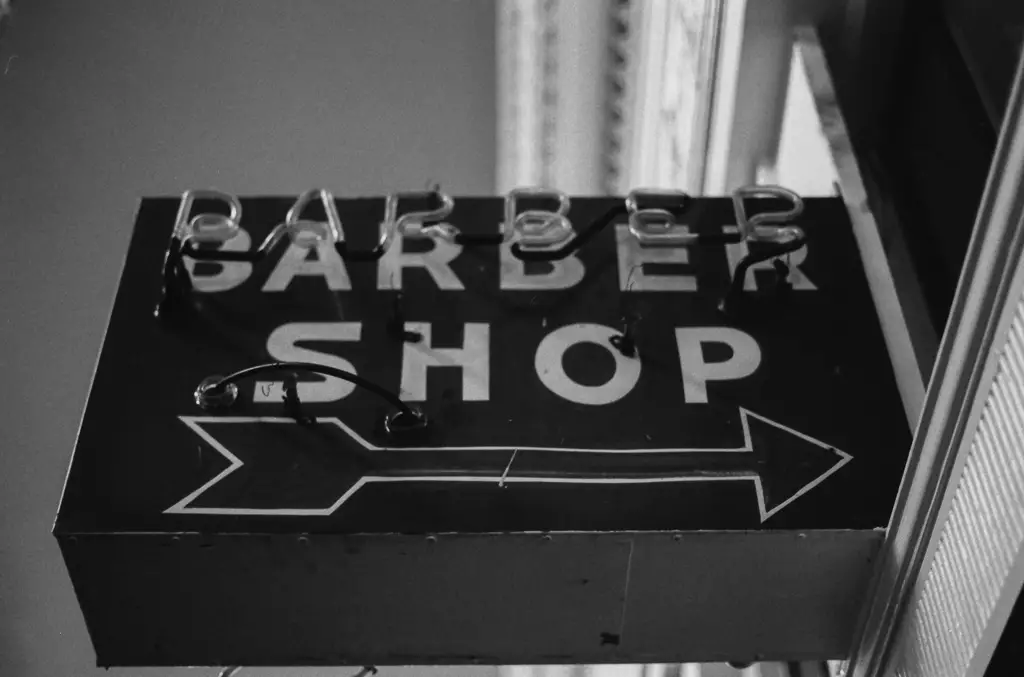
Paid Subscription
£2.99 per month and you’ll never see an advert again! (Free 3-day trial).
Content contributor
Become a part of the world’s biggest film and alternative photography community blog. All our Contributors have an ad-free experience for life.